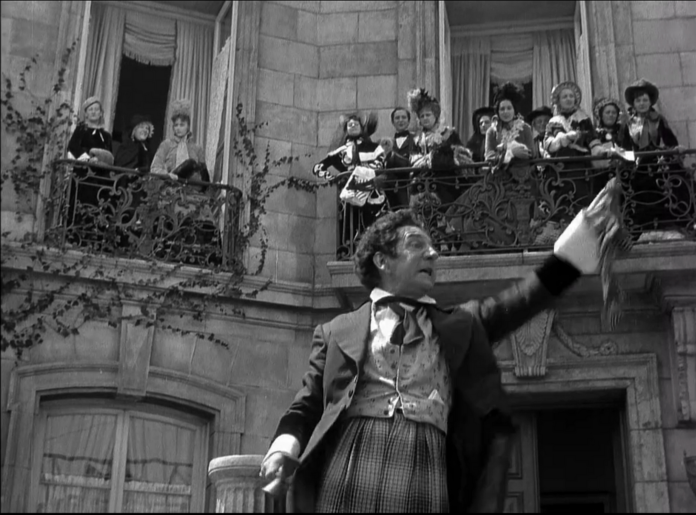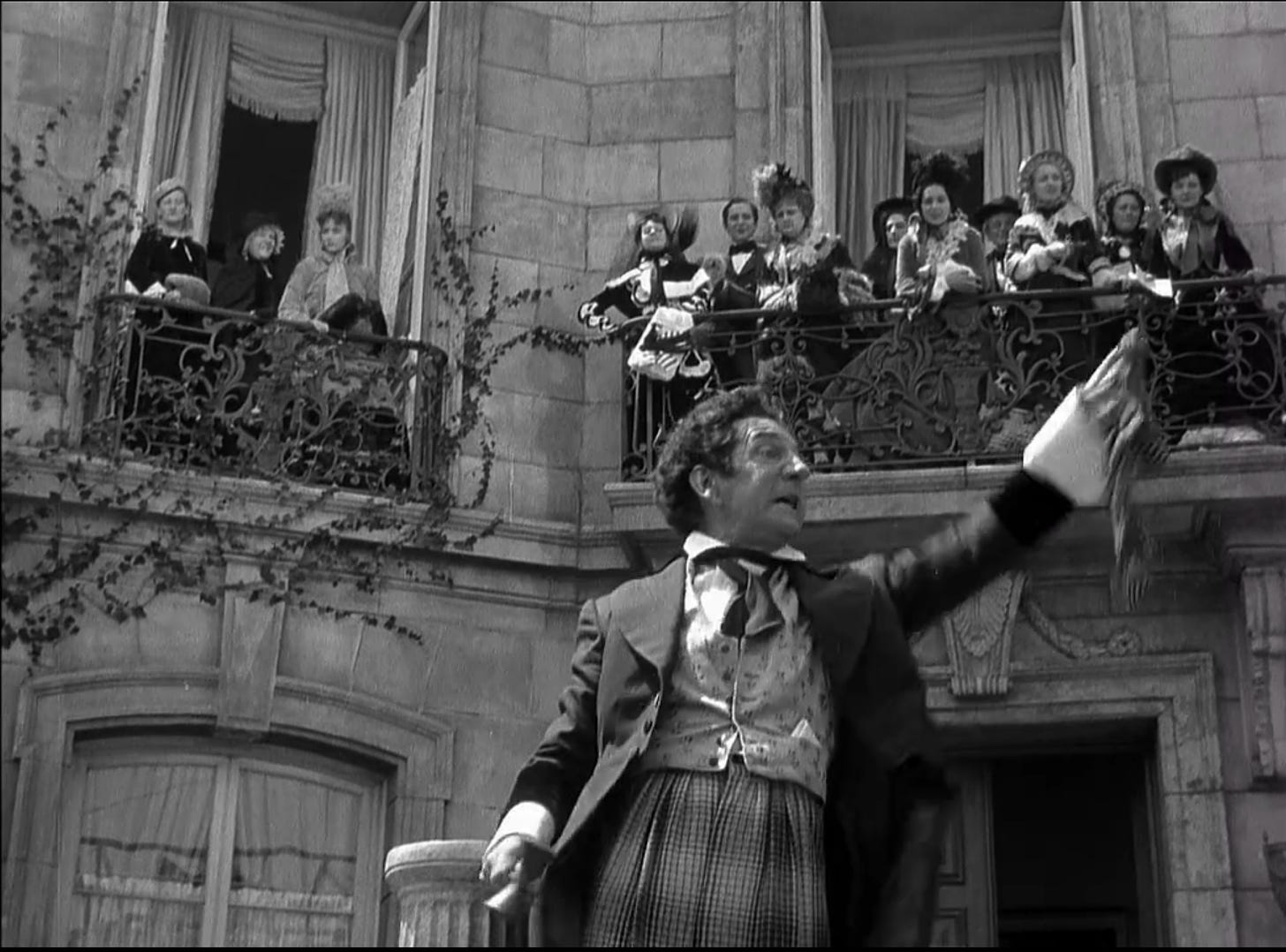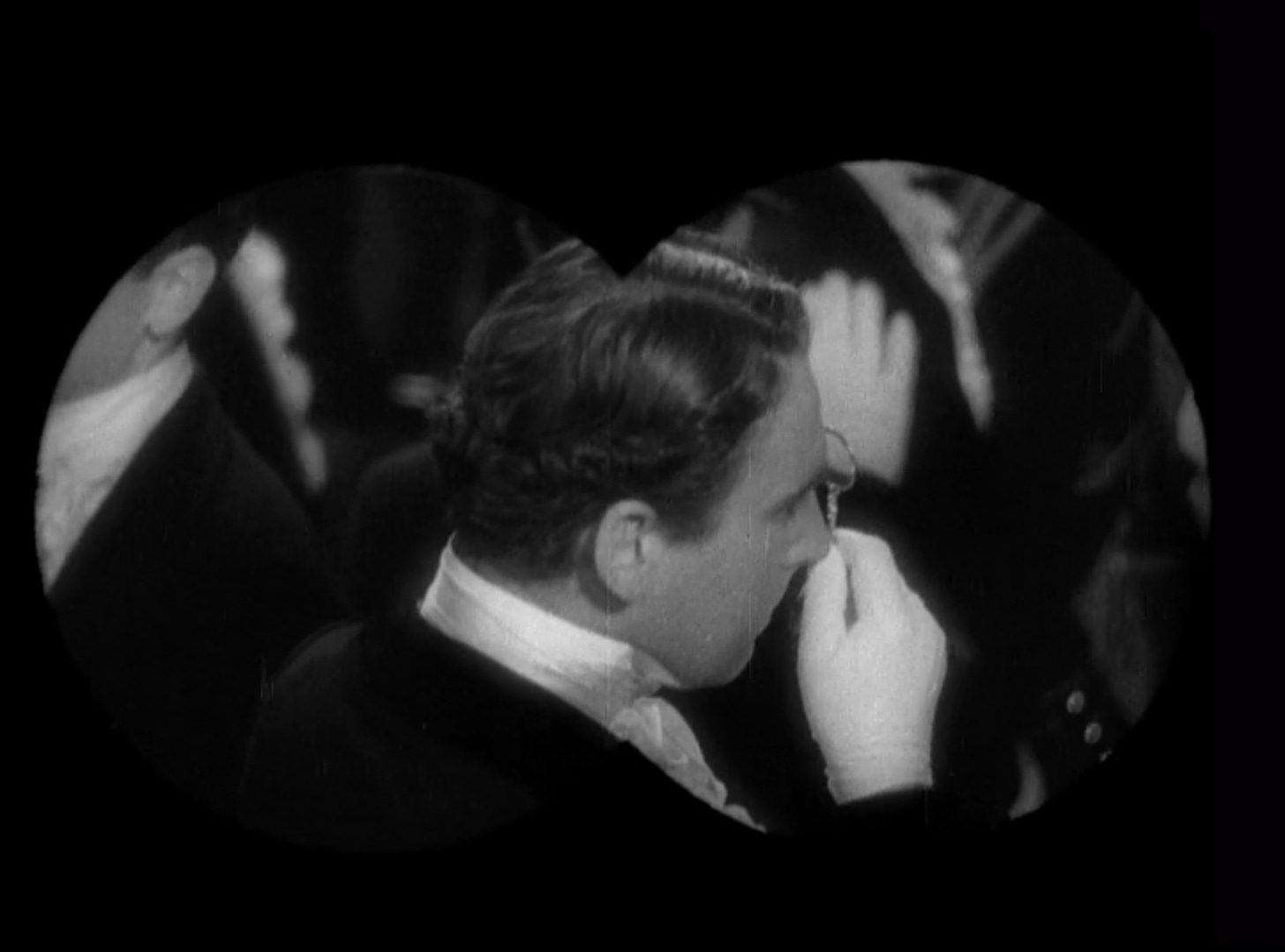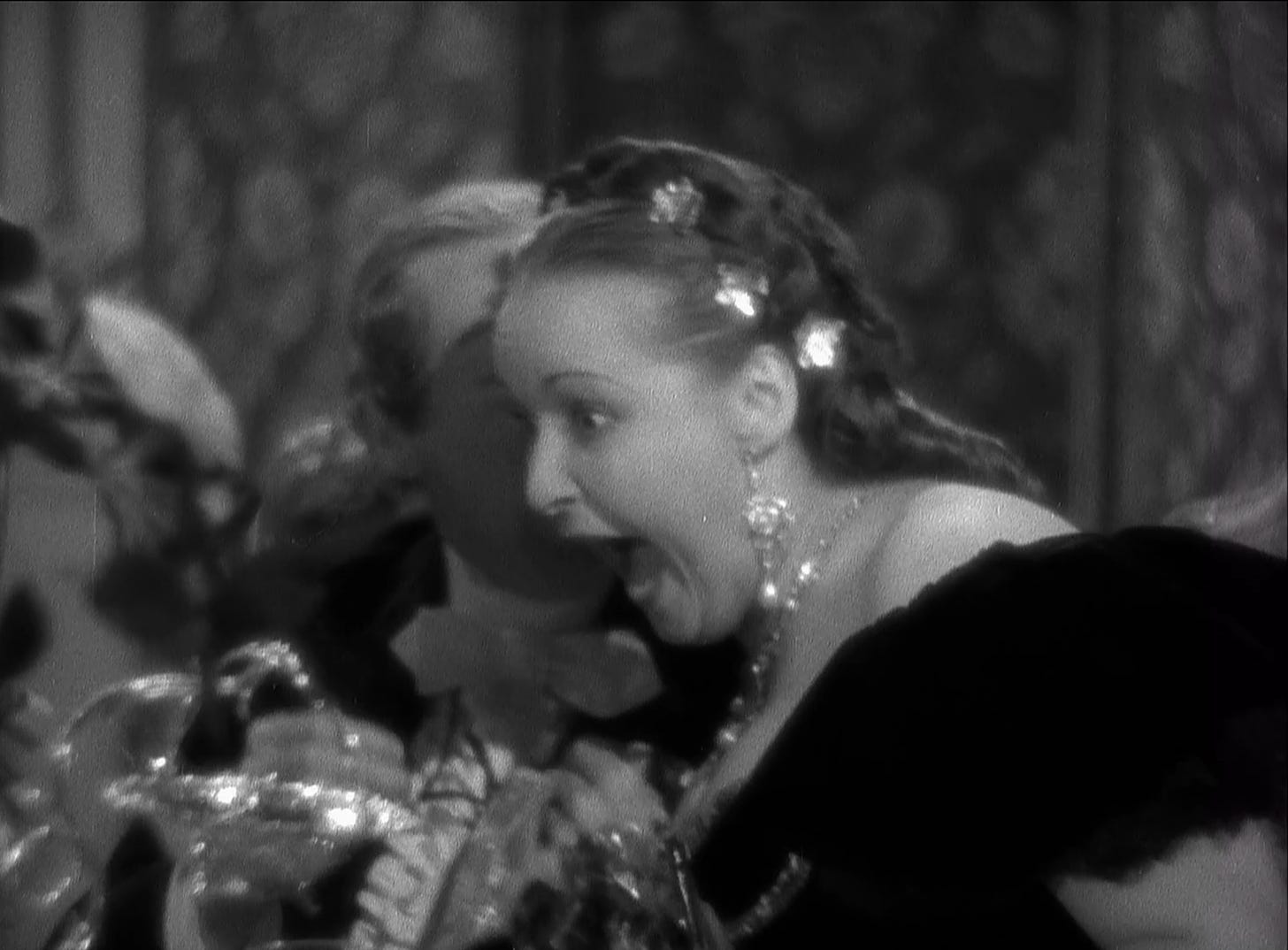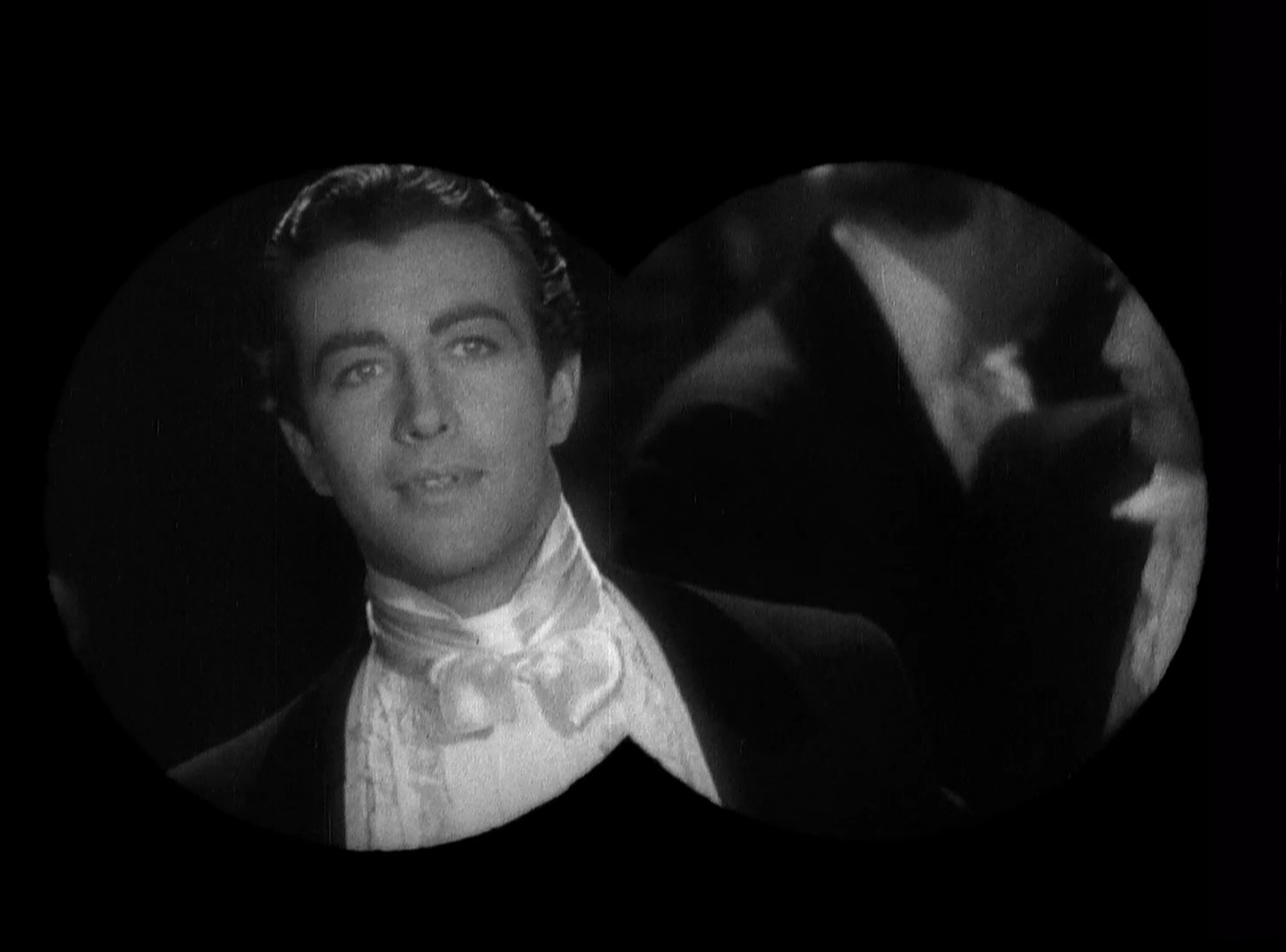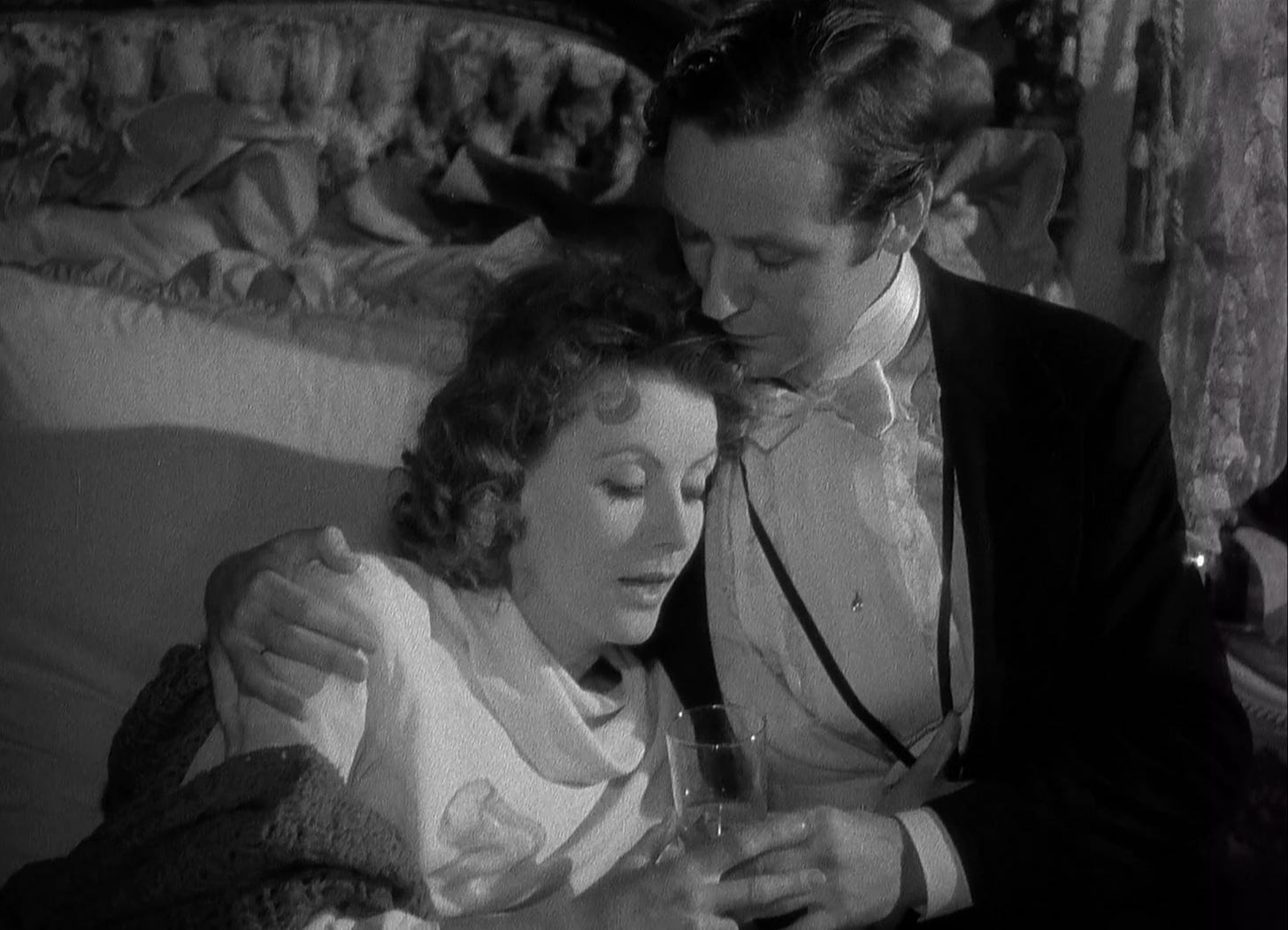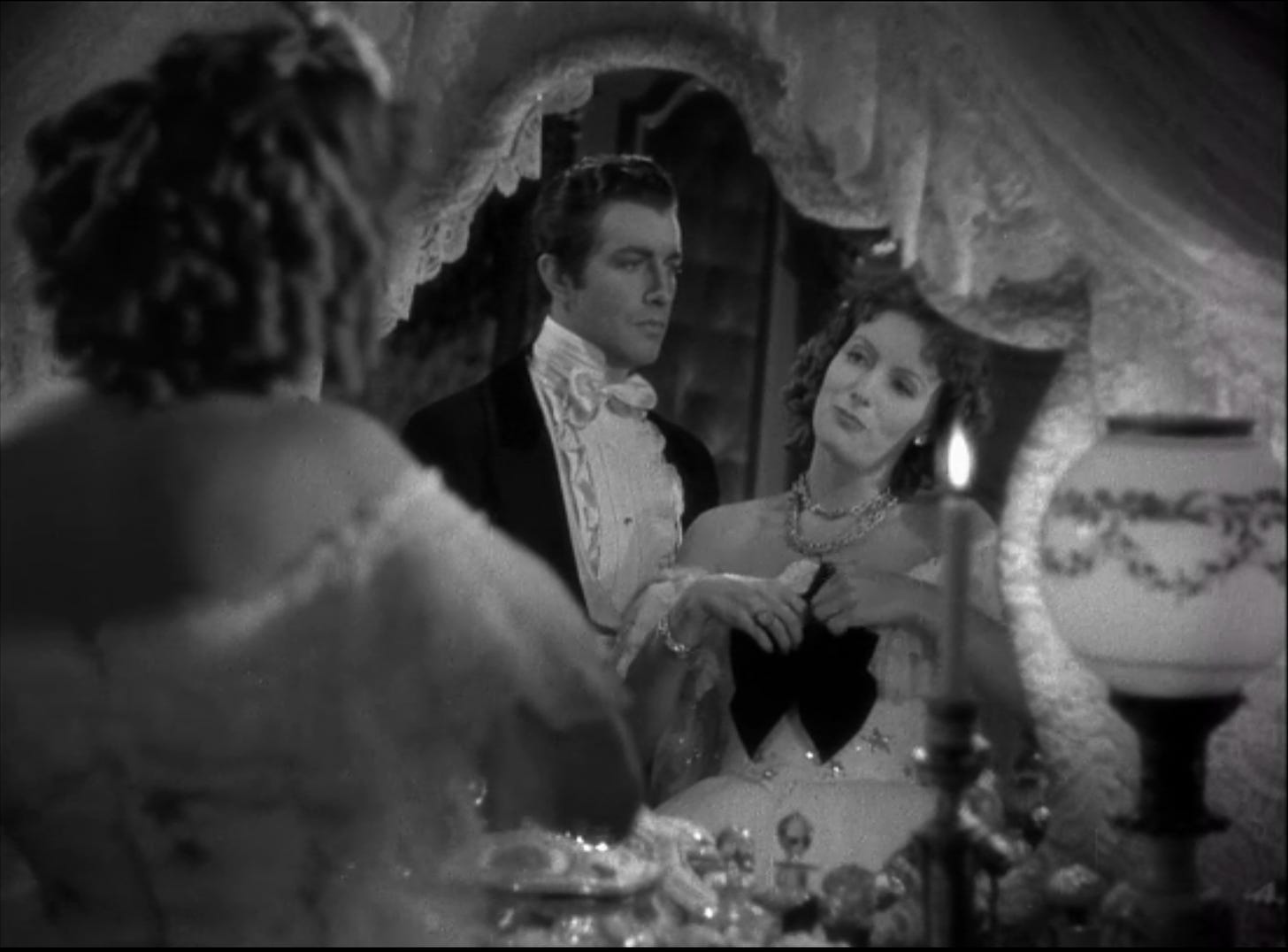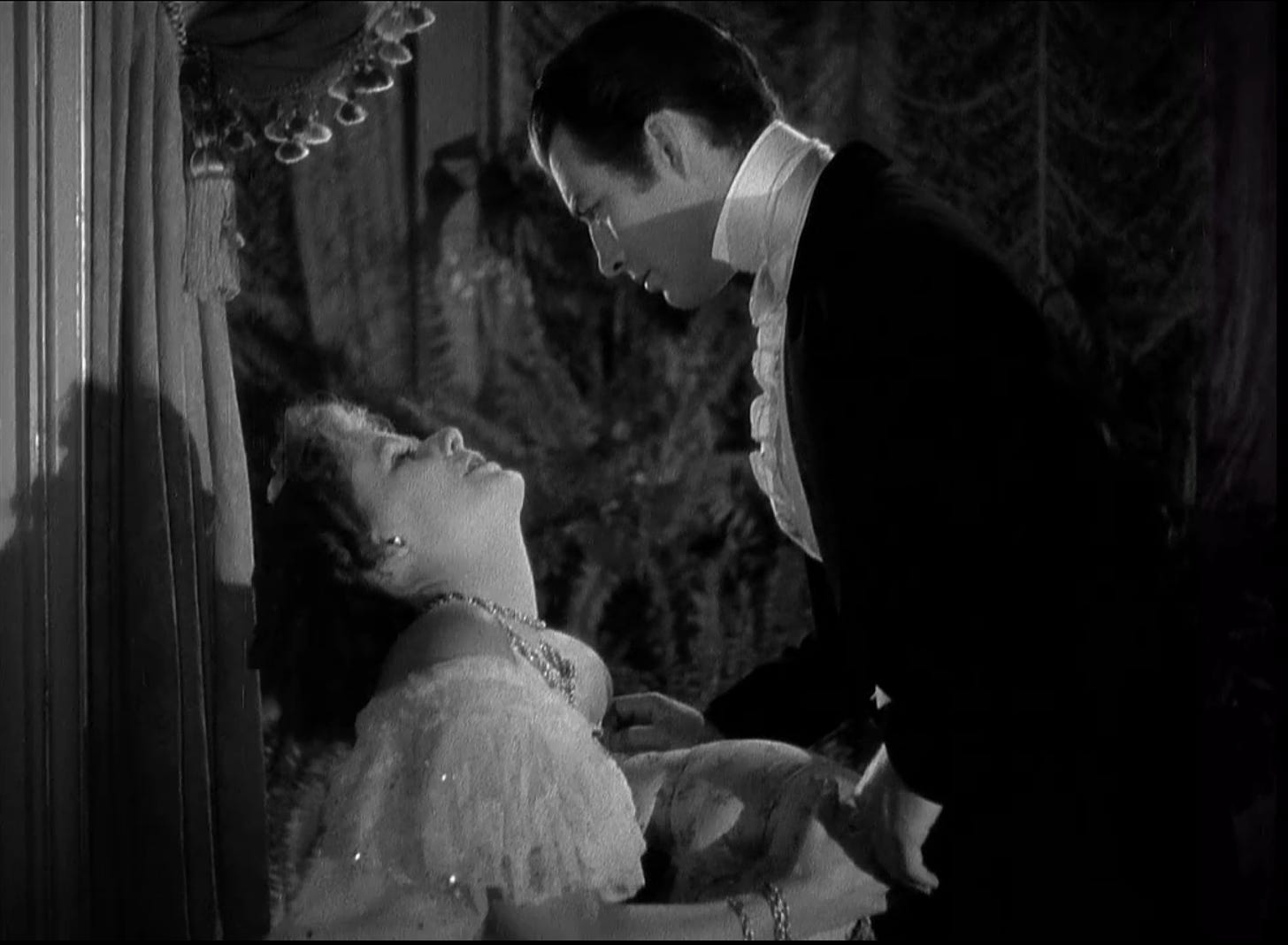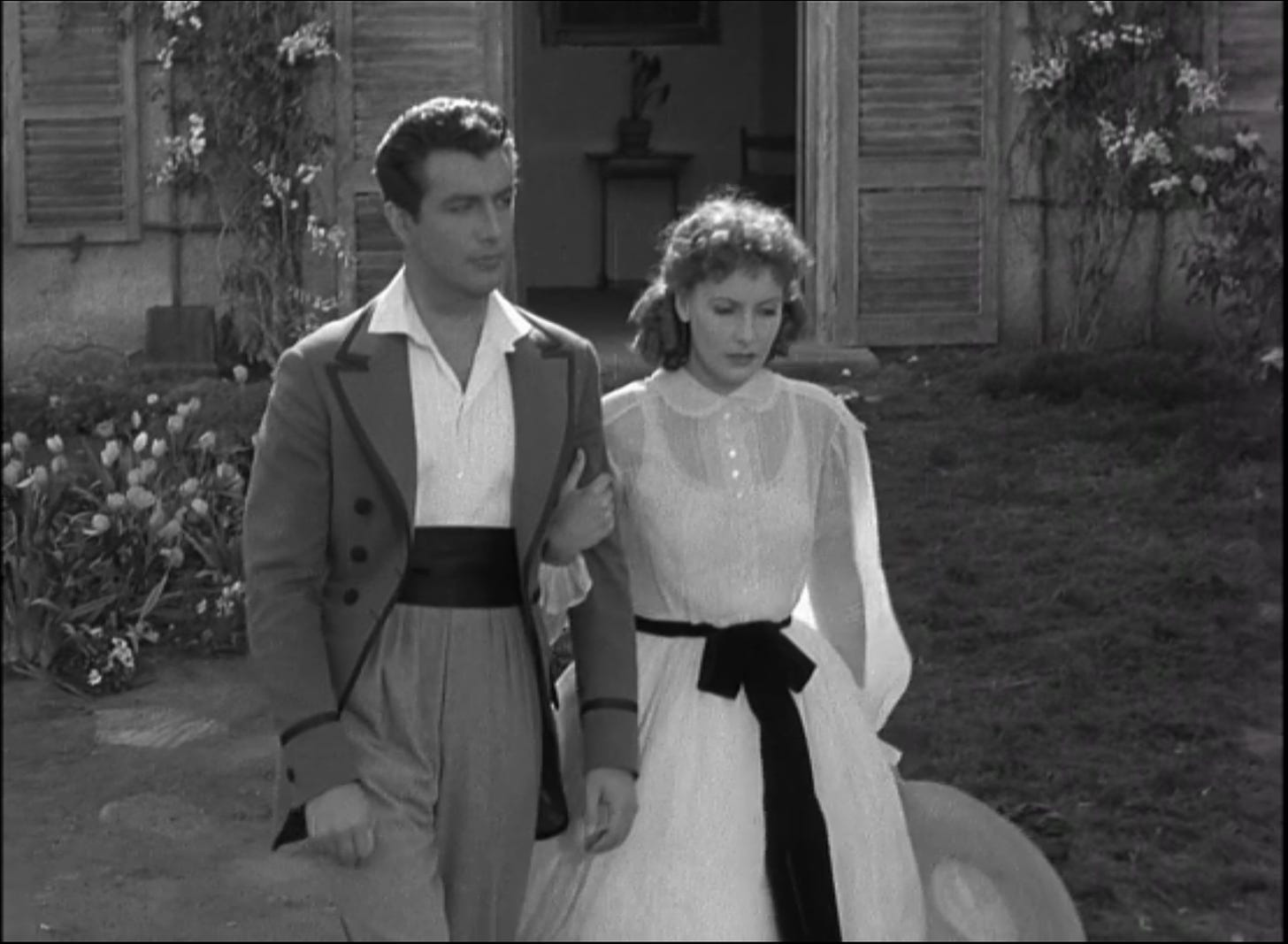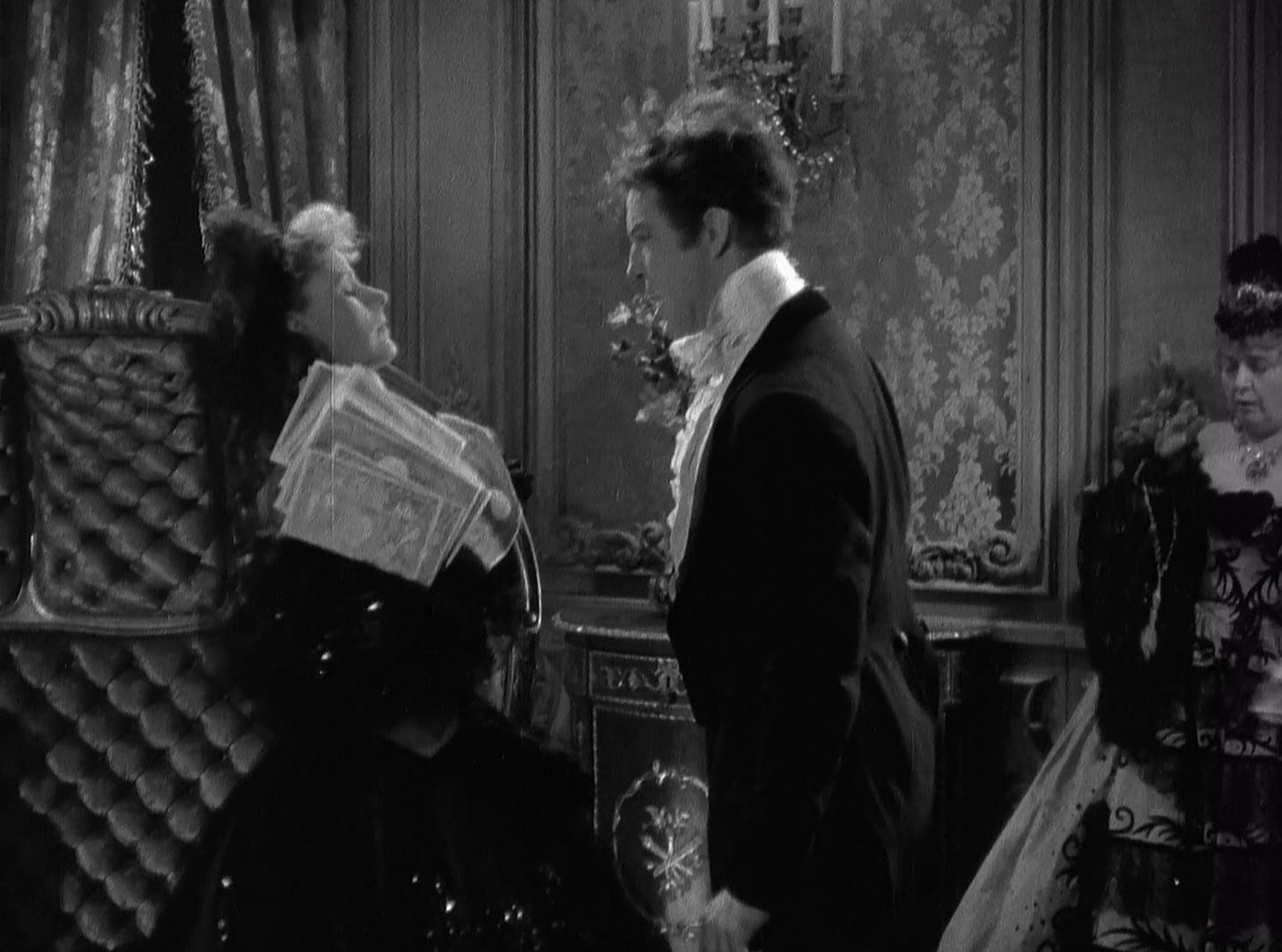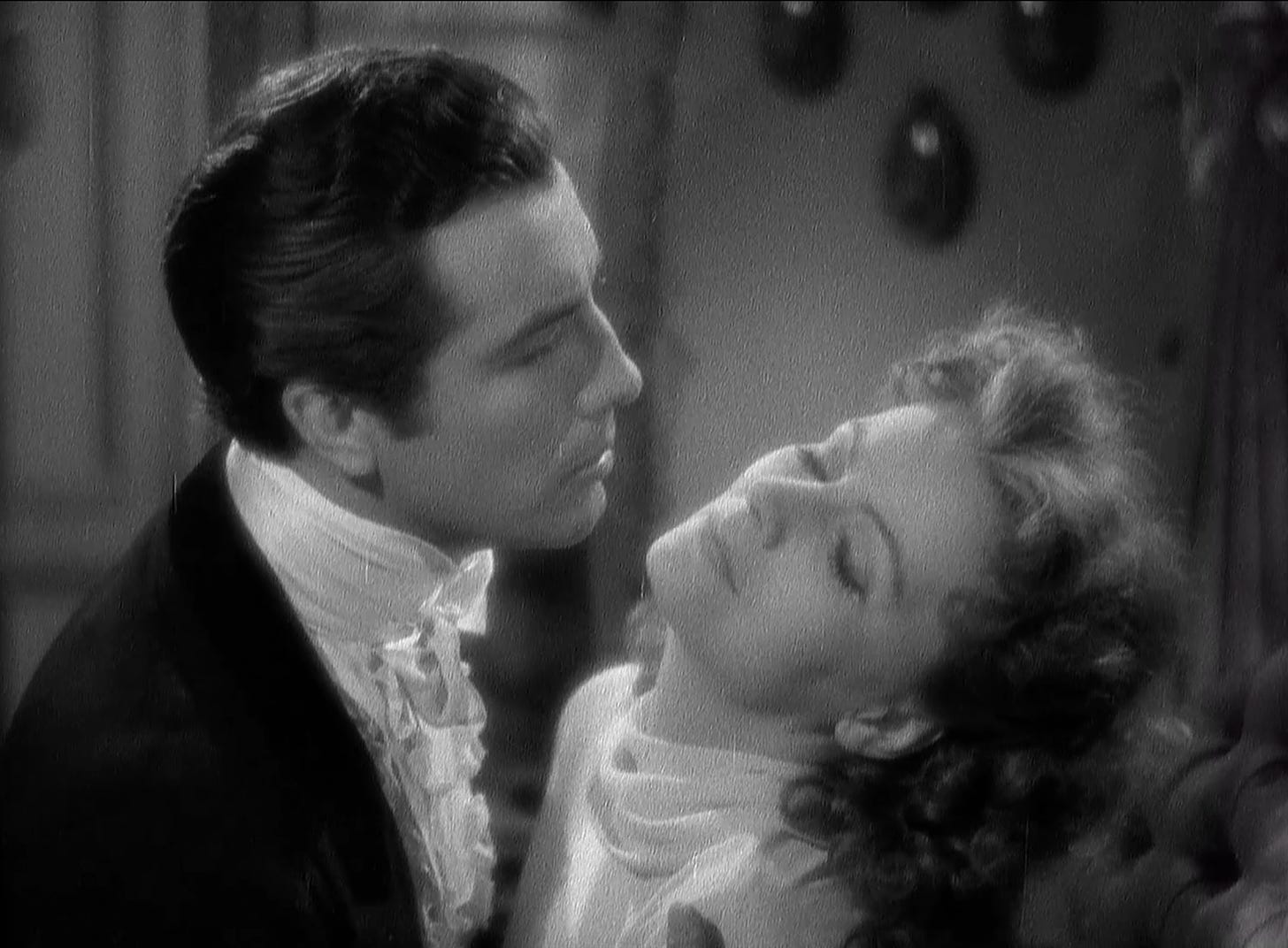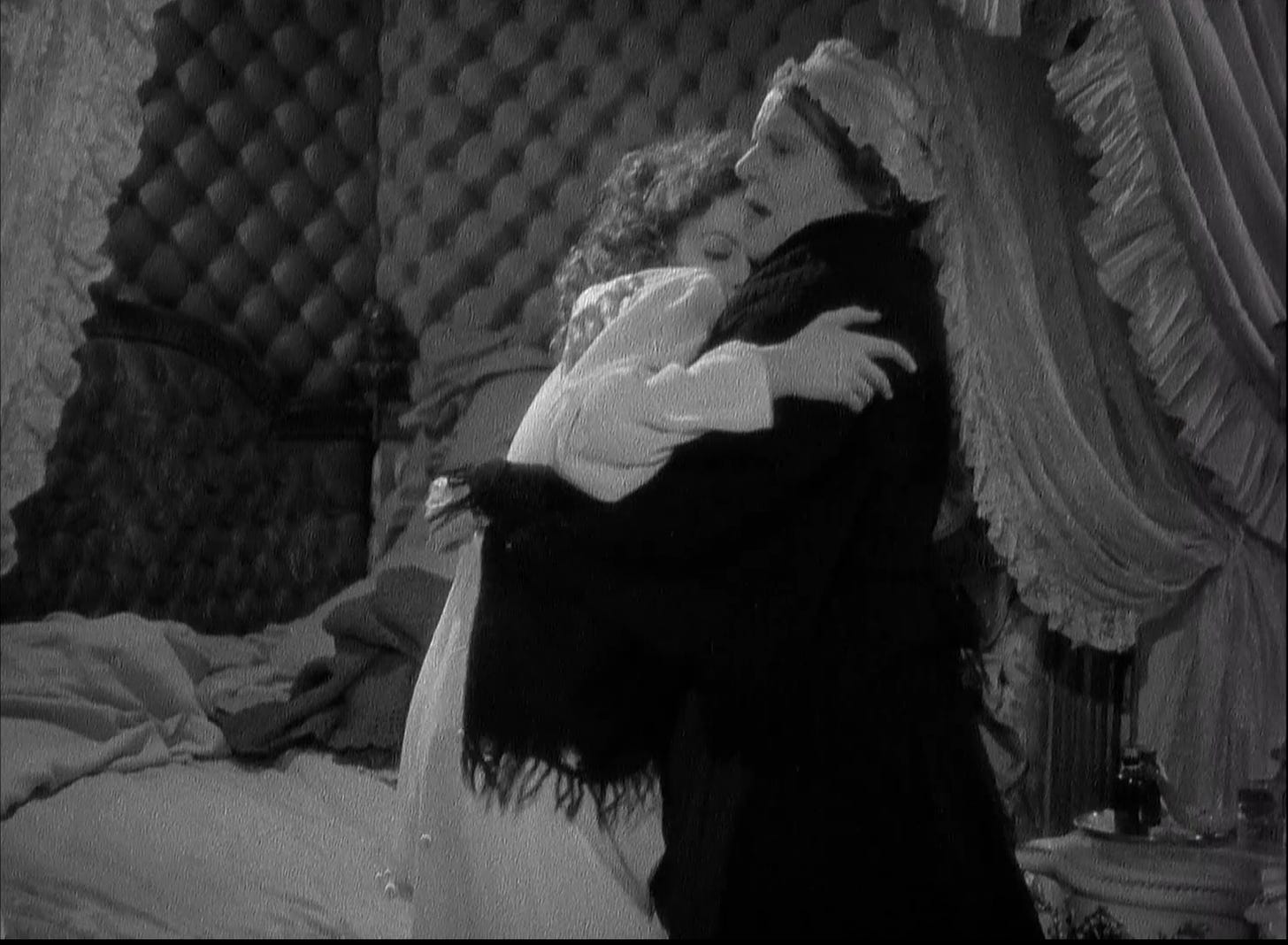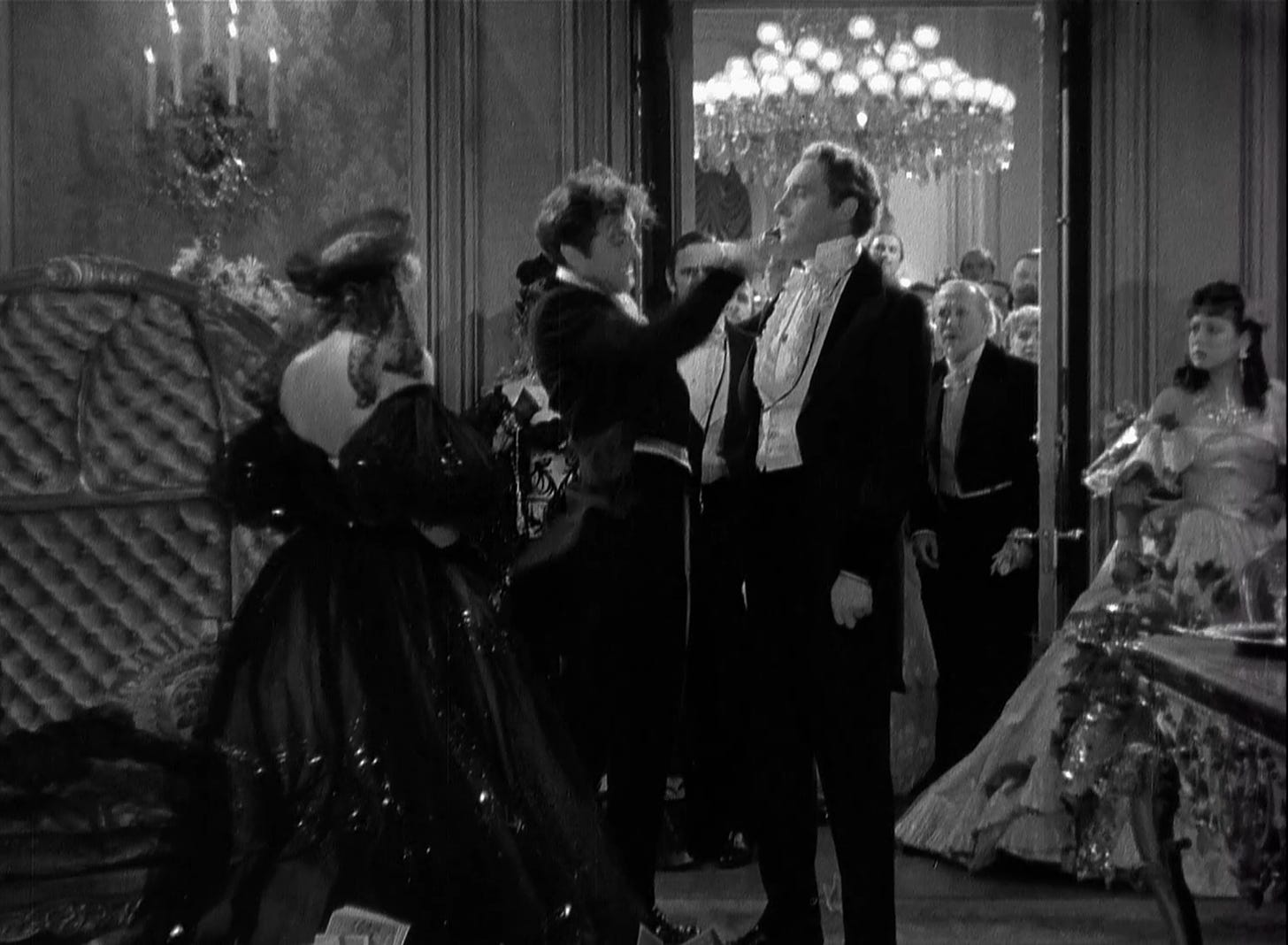This year I’ve been reading the classic romantic tales. I’m not a huge fan of romance as a genre, but I do enjoy tales of doomed or tragic romance, and within this genre is buried a fantastically melodramatic subgenre: the tragic courtesan narrative. In these stories, a woman lives for pleasure, until she finds a man who lives for her. At that point, she is faced with a choice: she can either give up her life in the city, her career as a well-paid (usually Parisian) escort, and all her friends to be with some dude, or she can be practical. Her practicality usually gets her judged and hated by the dude in question, and the reader as well. This is because in these stories, the dude is always the keeper of the tale.
This year, I wanted to go back to the start, the ur-text. This would be “Manon Lescaut,” the classic 1731 novel of a man of some property in love with a capricious twink, aka a Parisian sex worker. She keeps telling him she loves him only to abandon him and run back to Paris and become kept by richer men and gamble and party. But he keeps finding her again, and she keeps swearing that she loves him, and the same shit keeps happening until they find themselves exiled to the French colony of New Orleans, where Manon finally dies.
But the interesting thing about this book—and likewise about Alexandre Dumas Fils’ reverent update “Camille,”—is that Manon herself gets zero speaking lines. None. The entire story is an “as told to” narrative by des Grieux to another man he meets while following the exiled Manon to America. Everything is filtered through des Grieux’s perspective, which means that you never get a sense of what’s actually going on with Manon. Does she love him? Is she humoring him? There’s no way to really know, because again, not a single word of dialogue is uttered by the woman in the book that bears her name.
The same is not exactly true of 1848’s “Camille,” but the similarities are telling. In Dumas Fils’ work, heavily inspired by “Manon Lescaut” (the hero Armand Duval even gifts Marguerite a copy of the book which he re-buys at auction after her death) the tragic courtesan and “lady of the camellias” Marguerite Gautier is gregarious, cynical, and observant. She gets plenty of dialogue, but her story also depends on her death, and as such, is similarly conveyed in an as-told-to format by the lover who survives her, Armand Duval, who we meet at auction at the beginning of the book. He’s still reeling over the death of the great love of his life. He’s taken to womanly fits of fainting and bed rest, unable to cope with this loss. Convinced that he’ll be able to get over Marguerite after exhuming her grave, he does so, only to stand face to face with the woman’s corpse, half eaten away and no longer appearing human. After this point, Duval starts to tell our narrator (an unnamed Dumas Fils stand-in) the story of his love affair with Marguerite in all its tragic splendor.
It’s a curious book for several reasons, but it does what the best romances do: finds a way to balance the real with the romantic. It’s said (likely apocryphally) that “Camille” was one of the first French novels to make explicit reference to periods—the white camellias that Marguerite usually wears are replaced with red flowers for a week out of every month, to signal to her johns that she’s out of commission for that time. It’s also surprisingly real about Marguerite’s finances and the foreknowledge of her death. From the moment Armand meets her, she’s talking about dying. She knows it’s coming, and because it’s coming so quickly, she wants to live as much as she can “for pleasure,” before being overcome by the consumption that every sex worker seemed to be afflicted with in the 1800s. It’s a curious way to sidestep the moralization that one is supposed to feel for a character like Manon or Marguerite: if you know you’re going to die, how bad can it be to live a “sinful” life while you can?
All this is to say that George Cukor had his work cut out for him in bringing 1936’s Camille to the screen. What might seem like the easiest movie to make—a classic melodrama with a perfect beginning, middle and end structure built in—had to be excised from a kind of weird and anti-climactic book. He managed to do this well, and in doing it he created a perfect format for melodramas to come, those “women’s weepies” that became so popular in the late 30s and 40s and even into the 50s, when Douglas Sirk unofficially took over the genre. But Cukor didn’t make Camille alone: he had help. He had lots of help, from all the many gay people who were interested in telling Marguerite’s story.
Another possibly apocryphal story goes that Camille—like Alla Nazimova’s Salome a decade before—was a nearly 100% gay production in terms of cast and crew. Famously, Greta Garbo was bisexual. She enlisted one of her lovers, the playwright Mercedes de Acosta, to help write the script, along with another lesbian playwright, Zoe Atkins. Cukor himself was gay as blazes, and Robert Taylor, playing Armand Duval, was long-rumored to be queer. He was in a possibly-convenient marriage to the possibly-bisexual Barbara Stanwyck, and even without the suggestion of beard status, one look at the guy is enough to convince me. You just don’t have eyebrows that perfectly arched and a face that pretty unless you’re a fag—I don’t make the rules.
Camille even has its own, almost-openly gay character, played by the gay actor Rex O’Malley, once called Cukor’s “favorite sissy.” He narrowly escaped the anti-gay strictures of the Hays Code to show up here. Tellingly, he’s there at the end, by Marguerite’s bedside, the last of all her friends to still care about her even when she’s no longer “fun” company.
The fact is that even without all these elements, Camille would be a queer movie. Because there’s something about a doomed romance—breathless deathbed declarations of love, an instant codependence, the choice between being happy with a partner and being happy in society—that has the earmarks of gayness all over it. Marguerite’s struggle, especially in this film where she’s noticeably older than the very young Armand, is a queer one. She pines for a beautiful boy when she knows that it’s not practical or even possible to be with him. Her death stands in for the kind of impossibility surrounding queer happiness in those days. You can see it in Garbo’s performance, and in the performances of all the actors on this extremely gay set: there’s a desperation about it that feels explicitly gay. And that’s why it’s moving—that’s why it works.
In Camille, Cukor removes the frame narrative of the book but keeps in place the chronology of the story. Instead of it being Armand’s story, it becomes Marguerite’s. It’s she who we follow to the opera on that fated night where she first lays eyes on Armand, and it’s she who wants him, though he’s the one who pursues her. They keep meeting and re-meeting, with the practical Marguerite refusing to take Armand’s early protestations of love seriously. After all, she has a commitment to her regular, i.e. paying, clientele, like the stuffy Baron de Varville, the rich man who wants to control her. But she still keeps Armand around, trying to not fall in love with him, until one night, at a party, she sneaks away to be sick and he follows her.
“Every word the priest said was meant for us,” he says—something queer couples have probably told each other at weddings for centuries.
She tries again to fend him off, explaining that her life—short as is it, and marked by illness—has no room in it for romantic love. But he convinces her that he’s not there to steal her glamour or bask in her beauty. He sees the real her. He wants to care for her when she’s sick, and stay by her side even when she’s not feeling especially “gay.” She resists until she starts to believe him.
“Do you believe in love Marguerite?” Armand asks.
She replies: “I don’t think I know what it is”
She’s being honest—and this honesty will be taken, here as well as in the book, for callousness. In 1800s Paris—much like right now—romance is seen as a woman’s sole job and only goal. In disdaining it, Marguerite is already a subversive figure. But when she sees that Armand is genuine, you see her body break and bend in submission. Garbo throws her head back in her classic pose, the curved swan’s neck, her shoulders jutting forward, a position that would be ridiculous if it didn’t hold so much meaning every time she takes it.
For a time, Marguerite and Armand happily date: he takes her off to the country, where her health improves. They witness the marriage of Armand’s sister and Armand, knowing he’ll never have the familial permission to marry Marguerite, tells her that they were married that day, too. “Every word the priest said was meant for us,” he says—something queer couples have probably told each other at weddings for centuries.
But their happiness can’t last: the story depends on it not lasting. When Duval’s father arrives at their country house, he makes Marguerite promise to “save” Armand’s life by leaving him. This is the most noticeable departure from the book, in which she simply leaves during the night. In the movie, she must convince him she doesn’t love him by acting the part of the shallow bitch society has always taken her for, obsessed with diamonds and box seats at the opera.
Marguerite returns to Paris, takes up with the rich Baron de Varville, and tries to live out her last months as lavishly as she can. When she sees Armand again, she’s taken aback. They have a dramatic standoff at the theater that ends with him throwing money in her face and telling her to “buy moonlight, buy a grave” with it, still dumb enough not to understand her sacrifice. But he shows up at her deathbed later, and all is forgiven.
There’s something about having a production that’s full of gay people that seems to have allowed for a deeper kind of emotional honesty, a safety, even.
He even promises her a future where they’ll be happy, and in her weakened state, she almost believes it. “Help me dress,” she calls to her maid Nanette, before collapsing in Armand’s arms, dead. It’s such a sudden death that it remains shocking even after all that build-up. Her head tilts back and a tear shimmers in the corner of her eye. Armand can’t quite believe she’s gone, and neither can we. As he cries out her name in disbelief and begs her to come back, the camera zooms in on Marguerite’s face, made saintly in death.
Marguerite’s struggle—as a disenfranchised person without real options in her society—is already a queer one. It’s in the way she surrounds herself with friends who care about having a good time before they die, the way they revel in telling bawdy stories and whispering to each other behind their fans. Her queerness in the film is writ large, and not just thanks to Garbo’s performance. You can imagine how it must have been on set—there’s something about having a production that’s full of gay people both on camera and behind the scenes that seems to have allowed for a deeper kind of emotional honesty, a safety, even. How safe would it have felt in 1936 to suddenly be making this kind of work surrounded by a community that understands how it truly applies? That feeling of safety is in the performance, as well as the direction. You can see Cukor putting a part of himself into Marguerite, along with Garbo. The effect is pure, resplendent melodrama, a kind of release SOPHIE would sing of decades later.
But it’s in the text, is the important thing, whether people care to see it or not. You could view Marguerite and Manon’s “living for pleasure” as a gay thing—we’ve always been seen as hedonists, threats to the heterosexual order. But the reality is that straight people love Camille, and its heroine is, too, a threat to the family unit. She can’t have kids, and even if she could, she’d die soon after. There is no path toward respectability for Manon, just as there is no way for certain peoples’ queerness to be made palatable to the mainstream. And in the same way, both are punished by society for this problem that can’t be helped.
It’s telling, too, that the literary origins of movies like this attract a queer company desperate to tell the stories in their own image. Just as Nazimova’s “all gay” cast and crew on Salome was a tribute to Oscar Wilde, Cukor’s take on Camille is a love letter to his community. Not just everyone on set, but the gays of the past, and gays, like me, of the future. Specifically, it’s a love letter to Garbo, for whom this role was seemingly made, even though she’s a bit too old and a bit too wise to play the young, doomed courtesan. There’s a love for her in this movie that leaps out of the screen and enlists us in loving her. That’s the effect it had on me, anyway.
For a long time, I really didn’t understand Garbo. I didn’t get what the big deal was. Sure, she was one of the most beautiful women ever, but big deal! Where was the substance behind those huge empty eyes?
And then I learned she was gay. Things changed. It all started to make sense. Especially on the most recent watch of this film, which has never been one of my favorites. It began to make sense for me: this woman’s life was glamorous, but never easy. The loves she had were secret, and the life she led was also, of necessity, secret. This time around, I saw her performance with empathetic eyes. How many times must she have played this scene out to one or another of her loves? How many times must have had to not be herself in order to maintain her power in Hollywood? How many roles must she have had to play—onscreen and off—to make her pain truly felt. Over and over again, she existed to make us cry. But in the private moments, she was abandoned by the culture that saw her happiness as desperate perversion.
At least now, I suppose, we can see what was always meant to be there.♦

